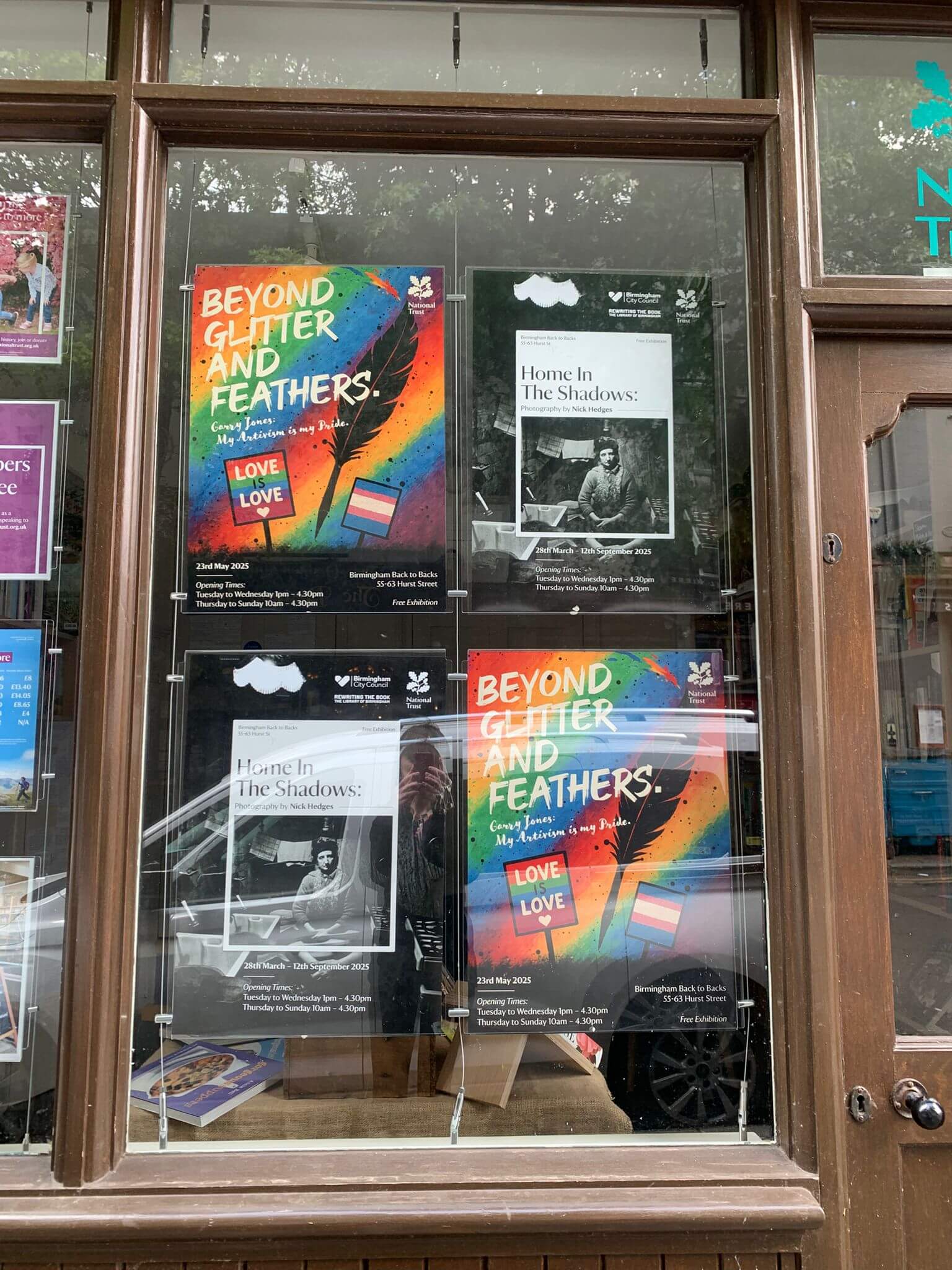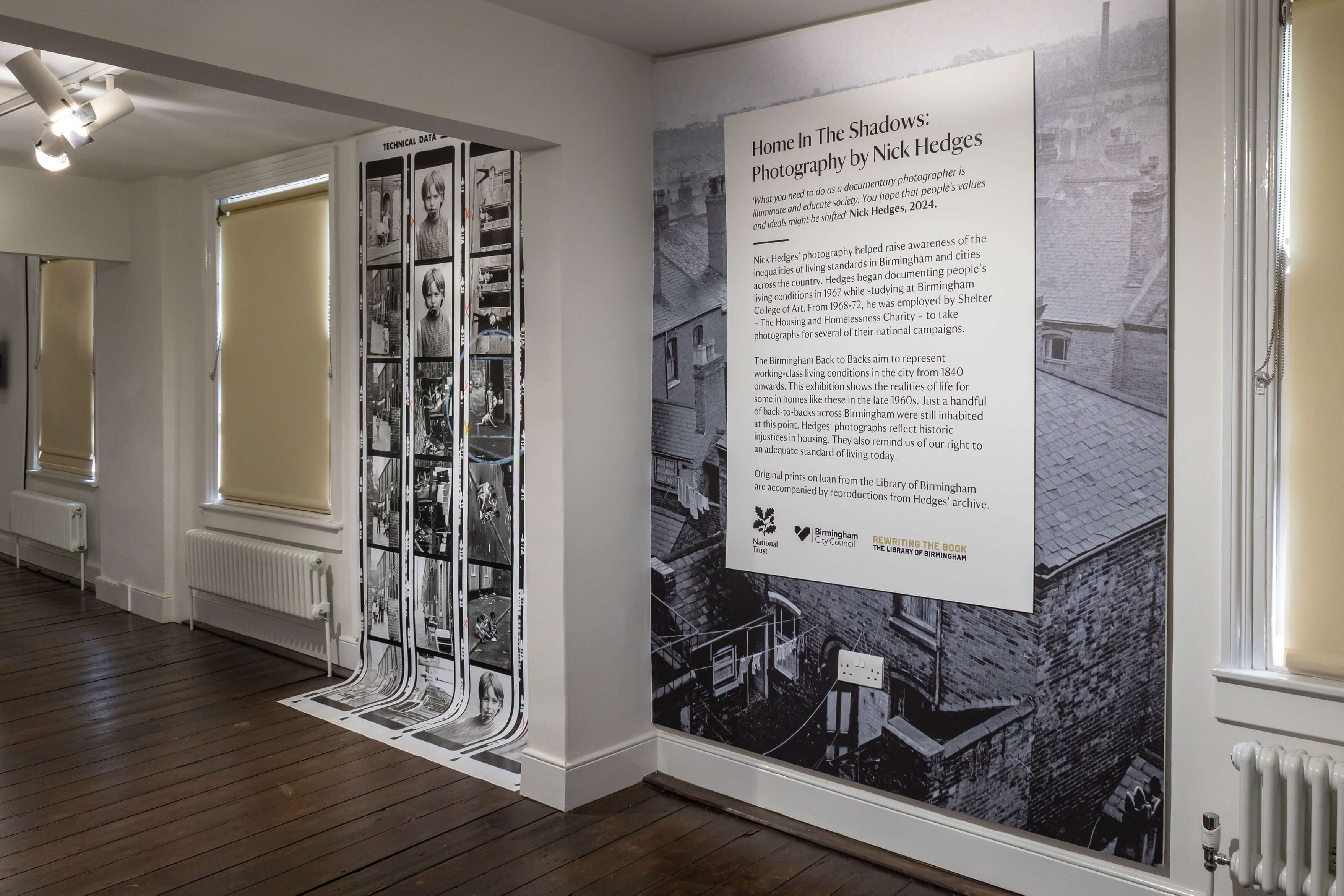
The National Trust commissioned us to design and plan the Home in the Shadows exhibition at the Birmingham Back to Backs one of the city’s most evocative heritage sites. The exhibition explored the documentary photography of Nick Hedges, whose work for Shelter between 1969 and 1972 revealed the hidden struggles of Britain’s poorest communities.
Located within a preserved courtyard of 19th-century working-class homes, the Back to Backs presented a fitting and deeply symbolic setting for Hedges’ work. The challenge was to curate and design a visitor experience that connected the photographic narrative with the physical space allowing audiences to reflect on the continuity between the living conditions depicted in Hedges’ images and the history embodied by the buildings themselves.
Our task was not simply to display photographs, but to create an environment where design, history, and social commentary could coexist in balance. The exhibition needed to feel human and immersive while remaining sensitive to the subject matter.
Working within a Grade II listed environment demanded meticulous planning. Every wall, texture, and light source in the Back to Backs carries historical significance, meaning no aspect of the exhibition could interfere with the integrity of the site. The design had to be modular, reversible, and lightweight able to transform the space temporarily without obscuring its original character.
Another key challenge was collaboration. The project required alignment between multiple stakeholders — curators, conservators, installation teams, and the National Trust’s design managers. To bridge these disciplines, we created a detailed digital planning process using 3D visualisation tools.



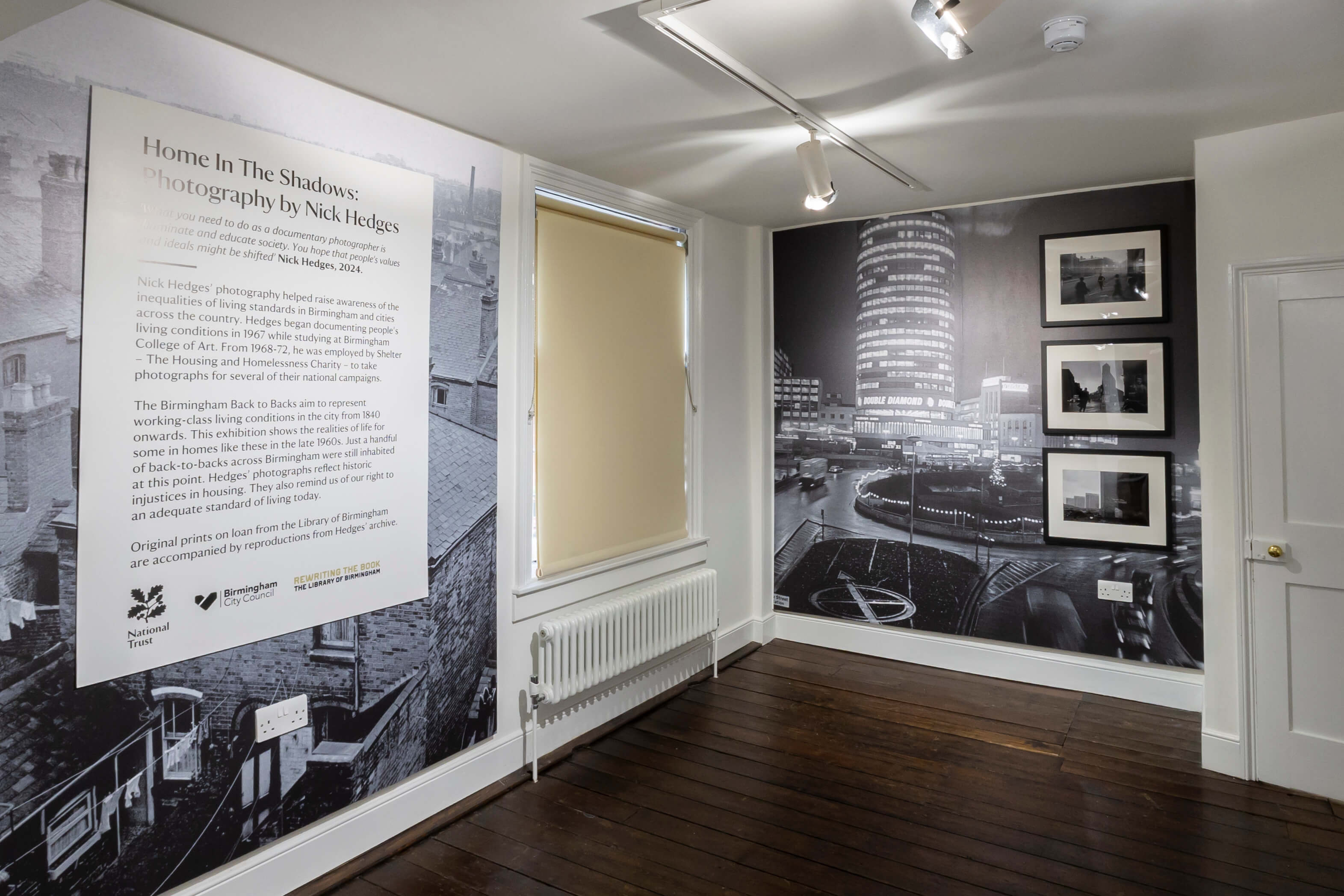
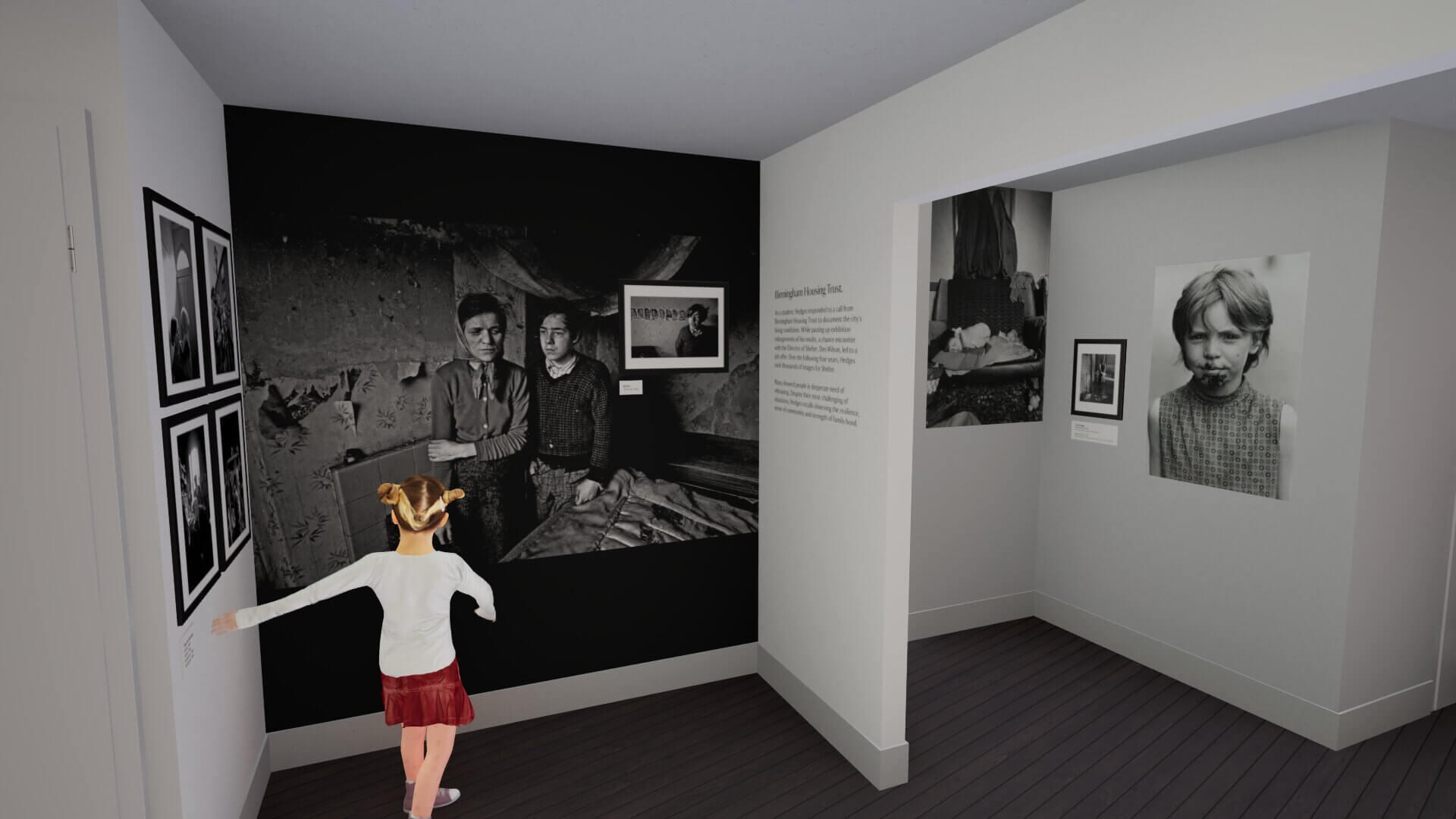
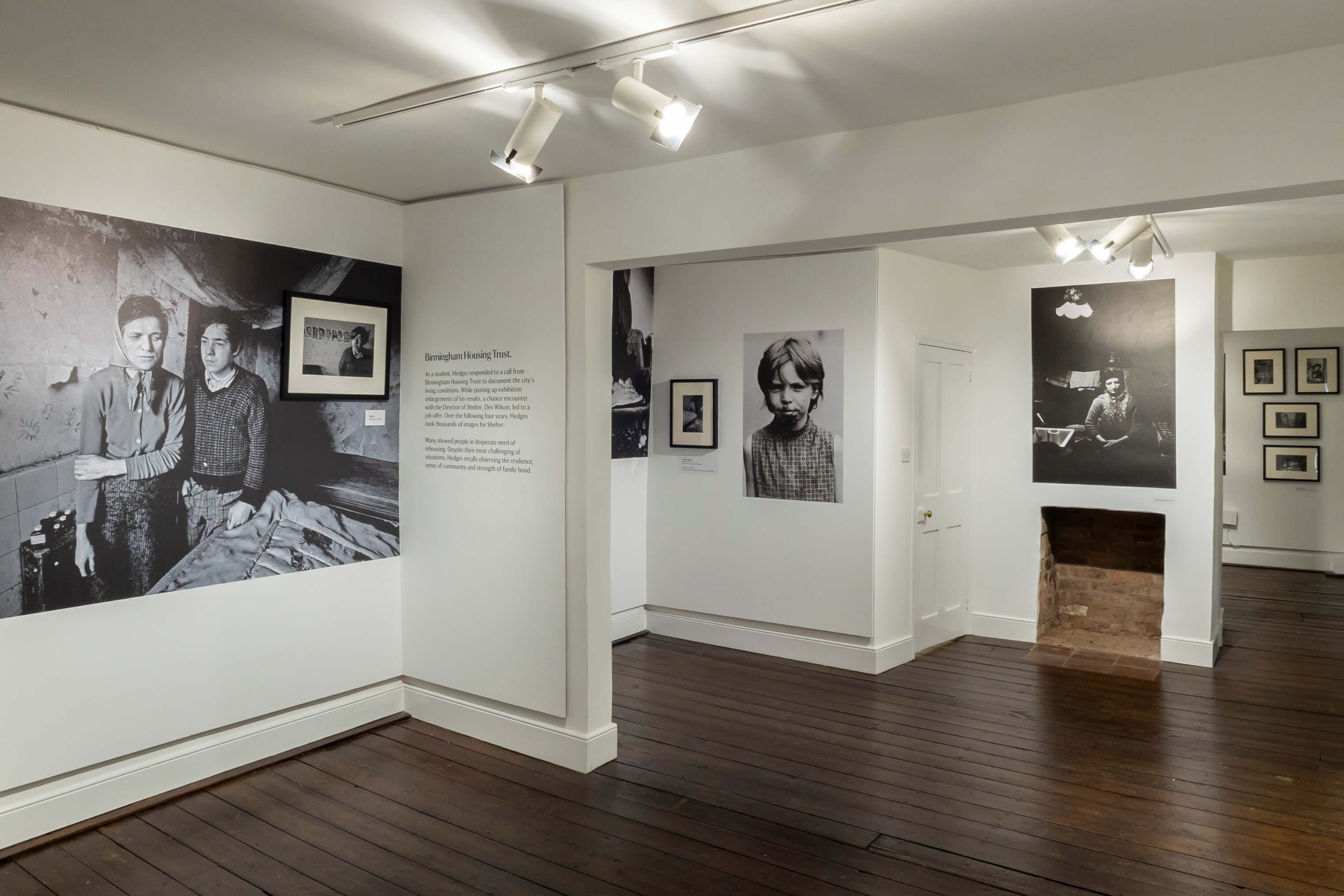
We began by developing a digital replica of the exhibition space using Sketchup and TwinMotion, modelling the full architectural layout and physical limitations of the Back to Backs. This allowed us to test concepts for wall placement, graphic panels, lighting rigs, and visitor pathways without physically altering the site.
The 3D environment became a shared language between our team and the client. Through textured renders and virtual camera angles, we could demonstrate how each photograph would sit within its surroundings and how the visitor’s line of sight would evolve throughout the journey. This approach also enabled the curators to sign off on positioning and scale before production reducing installation time and minimising risk.
Every design element was carefully considered to support the emotional tone of the exhibition. We used subdued colour palettes, minimal typography, and warm directional lighting to create intimacy. The visual hierarchy ensured that the photographs remained the focal point, while supporting panels provided historical and contextual depth without overwhelming the imagery.
Alongside the spatial design, we produced a series of high-fidelity 3D renders to serve both internal approval and external promotion. These visuals helped stakeholders including partners and funders understand how the final installation would look and feel long before the opening.
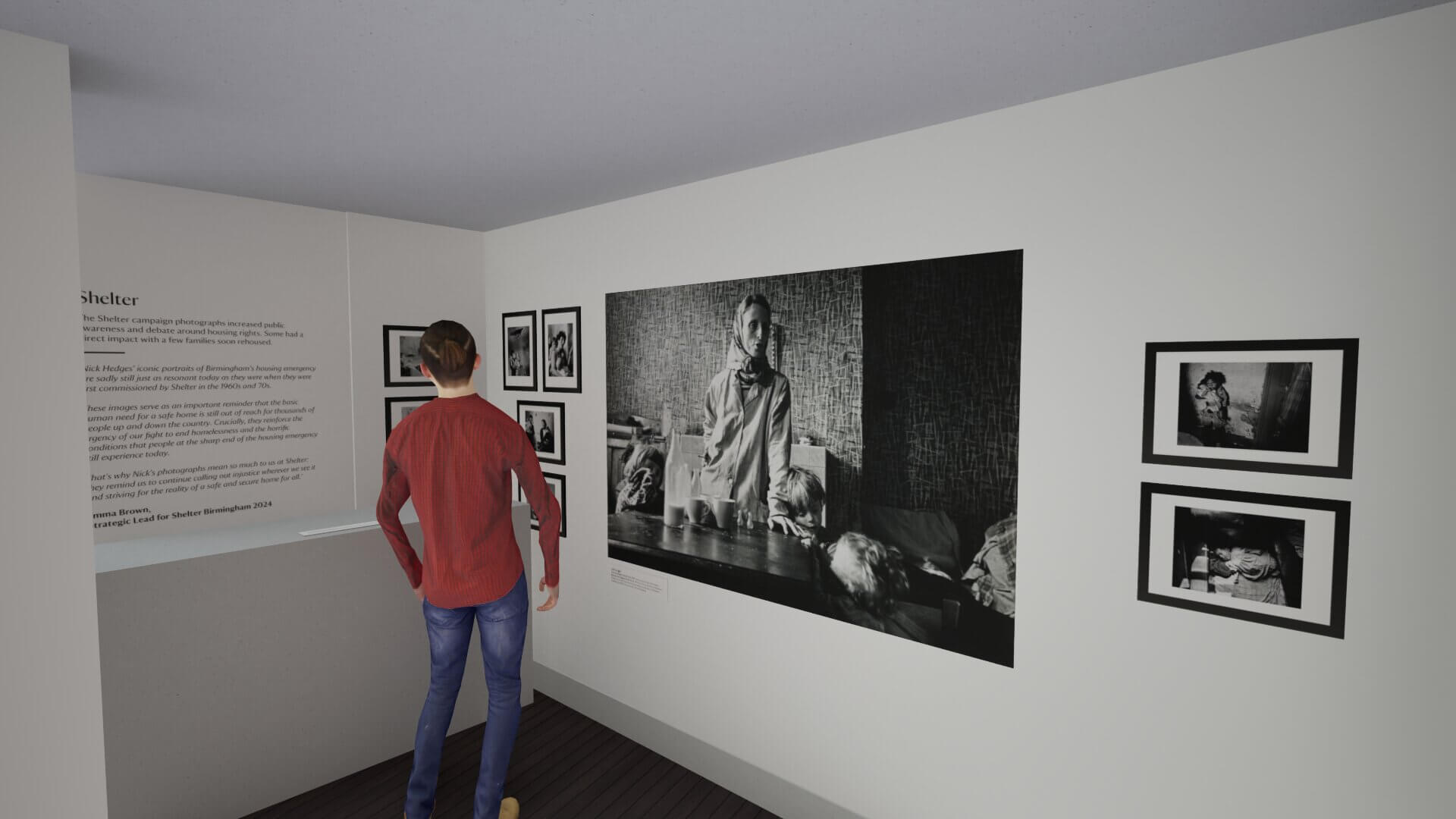
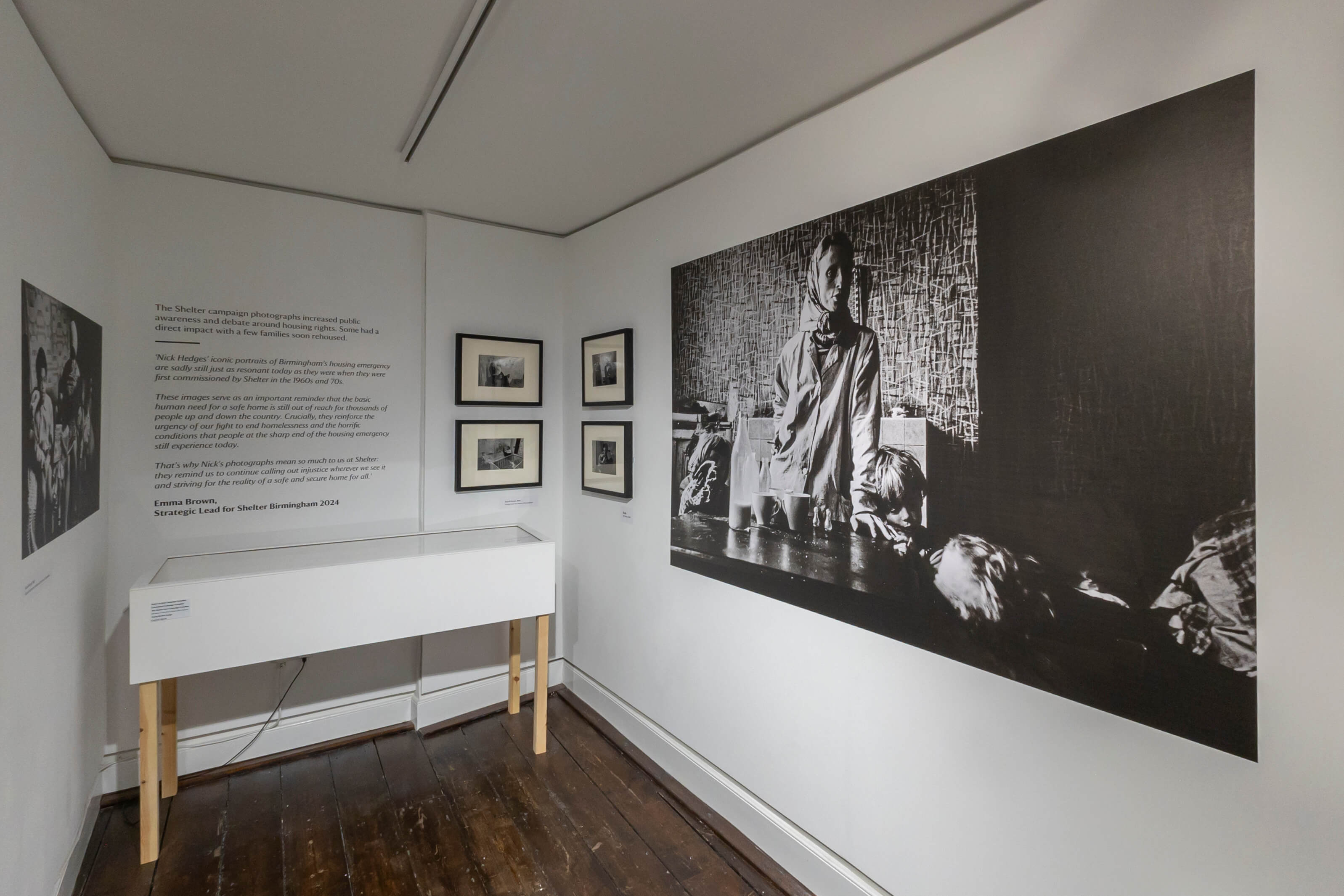
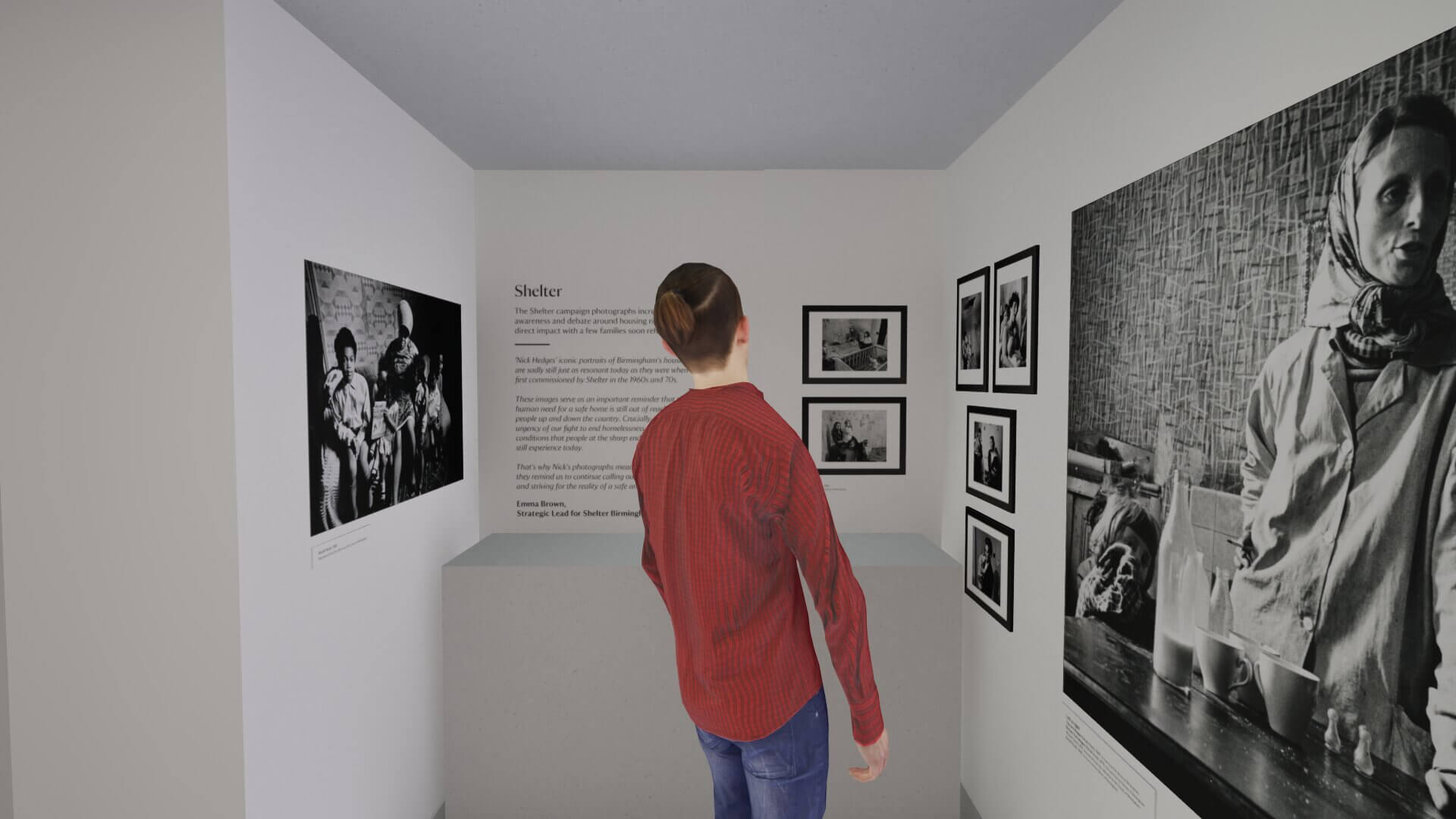
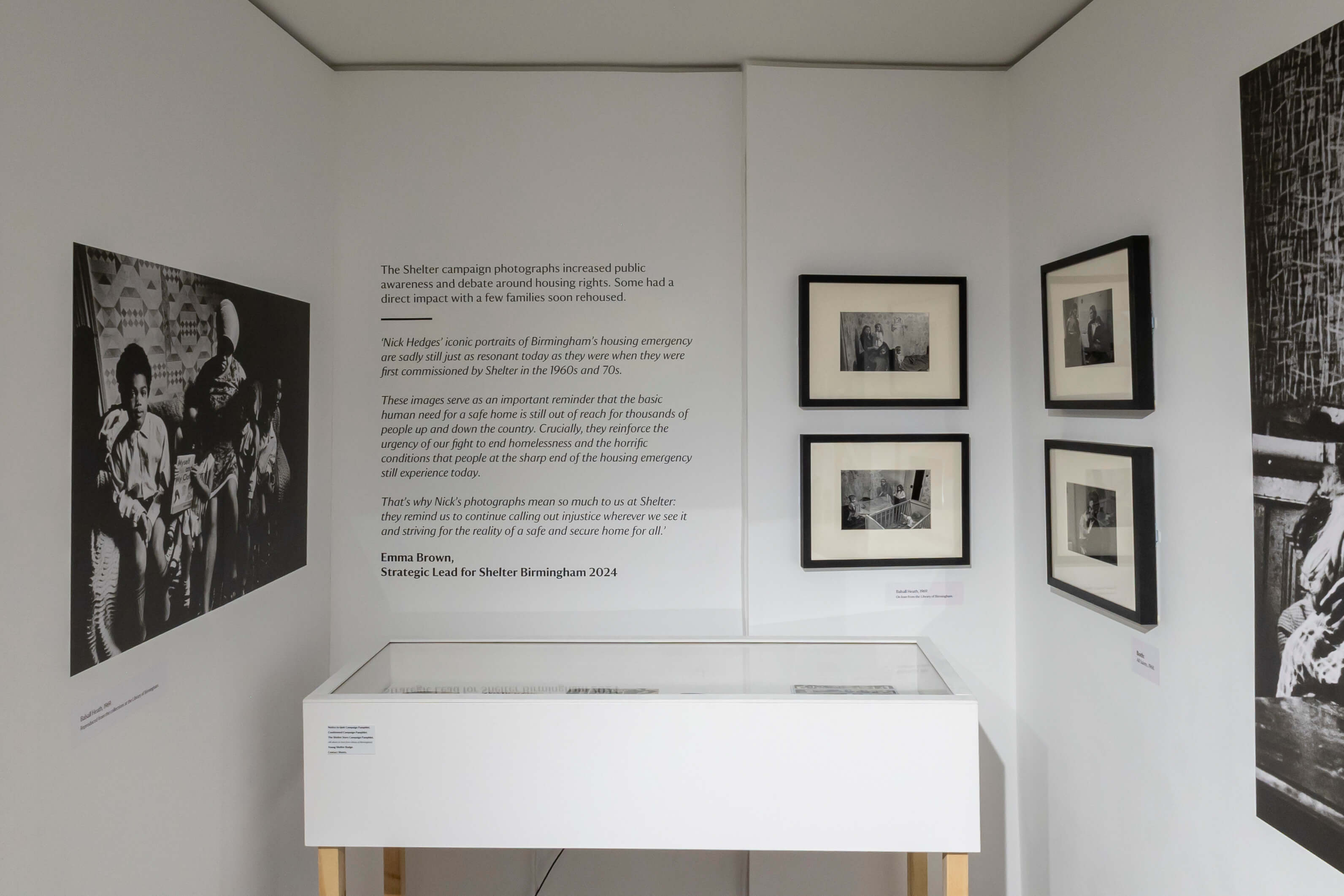
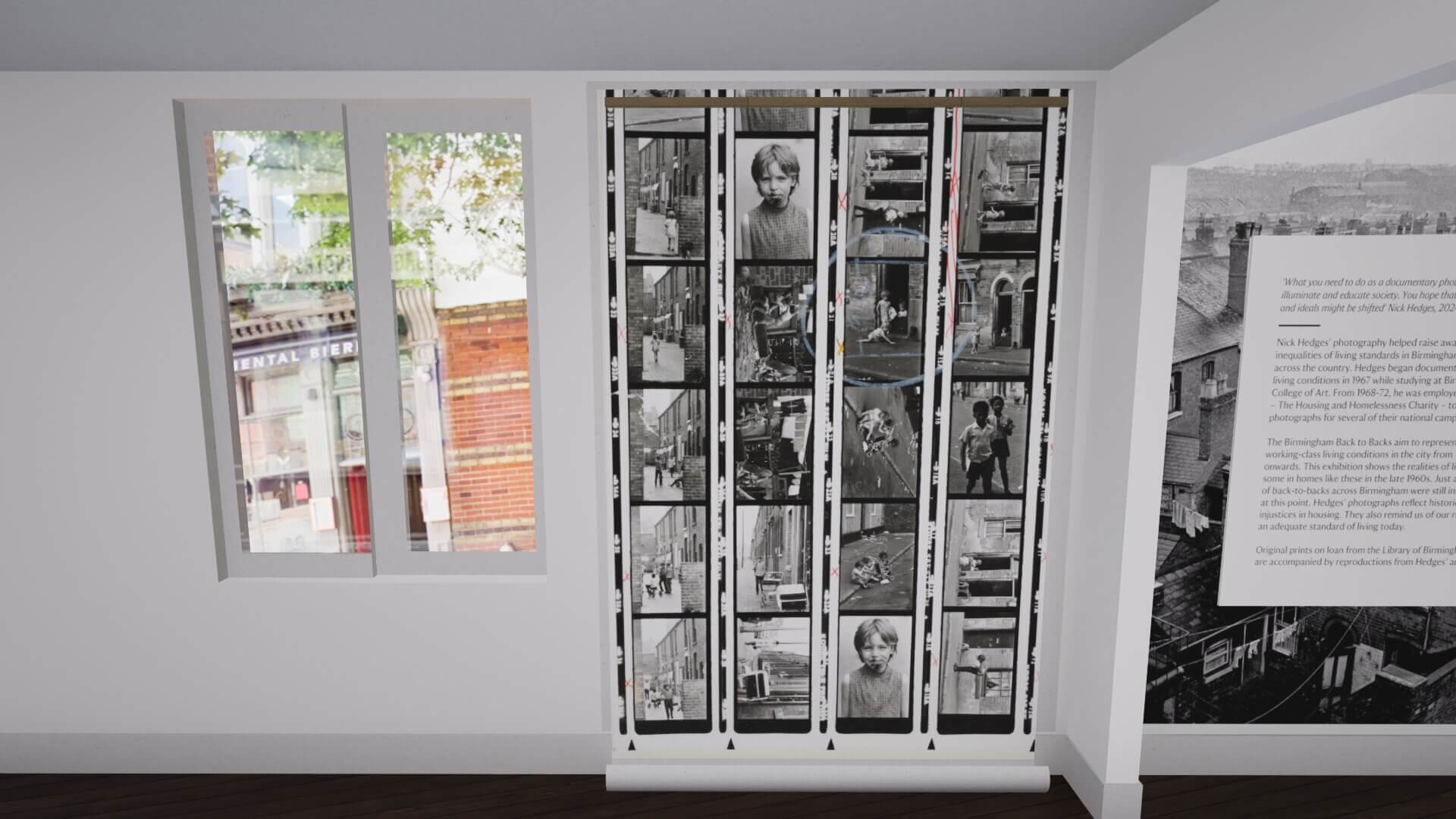


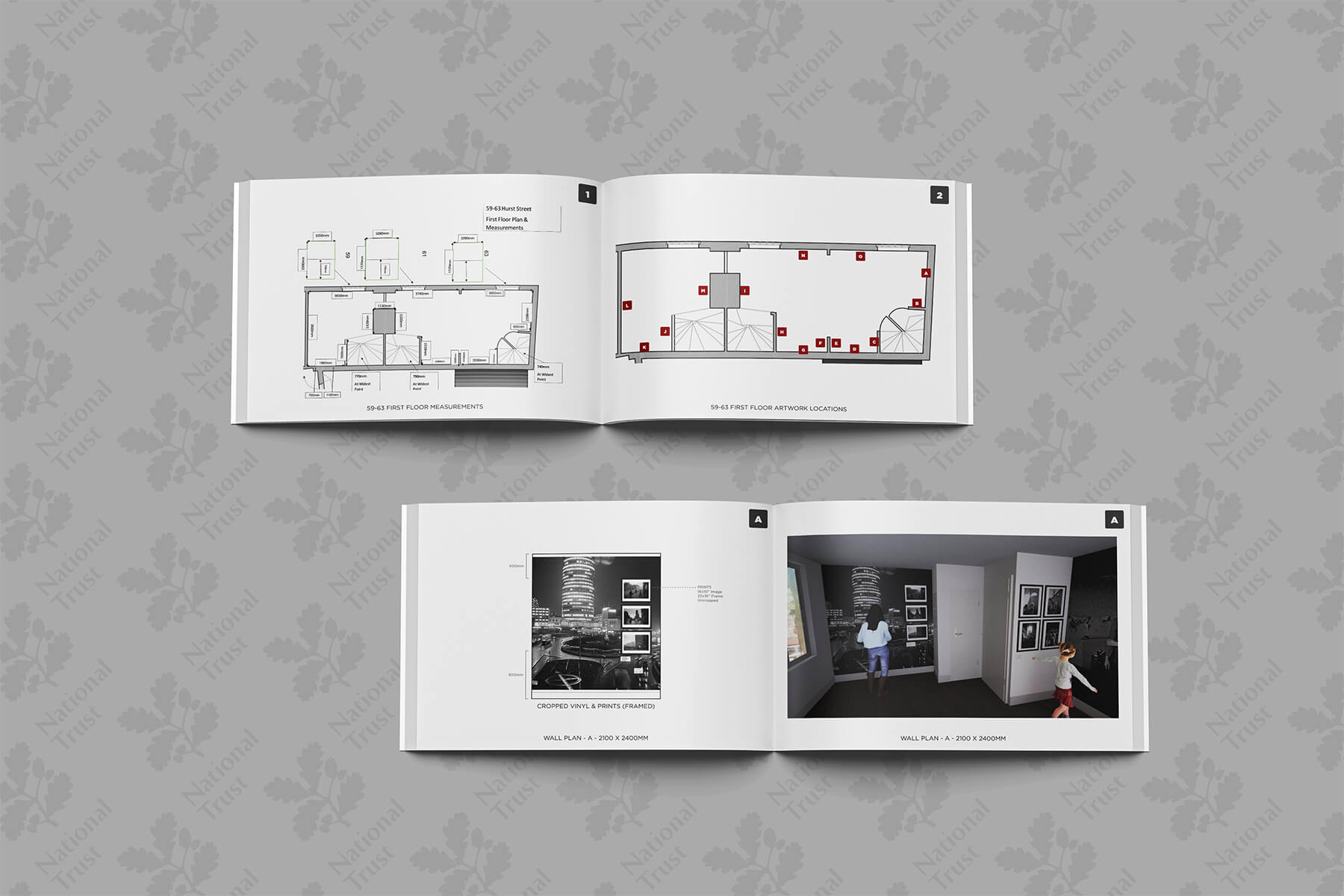

When the exhibition opened, Home in the Shadows was met with praise for its thoughtful design and emotional resonance. Visitors responded positively to the balance between historical authenticity and modern exhibition practice describing the experience as powerful, immersive, and quietly moving.
The combination of digital visualisation and physical craftsmanship allowed the project to meet strict conservation requirements while still delivering a contemporary and engaging visitor experience. The renders also continued to serve the National Trust beyond the exhibition itself, being repurposed for educational materials and future planning presentations.
For us, Home in the Shadows became a model for how sensitive subjects can be approached through design not by adding spectacle, but by creating clarity and space for reflection. It demonstrated how digital tools like 3D visualisation can support creative collaboration in heritage contexts, ensuring that complex, multi-stakeholder projects remain both technically precise and emotionally resonant.
You can find the originaly press release here:
National Trust - Home In The Shadows
Photographs by Tegen Kimbley - tegenkimbley.com


